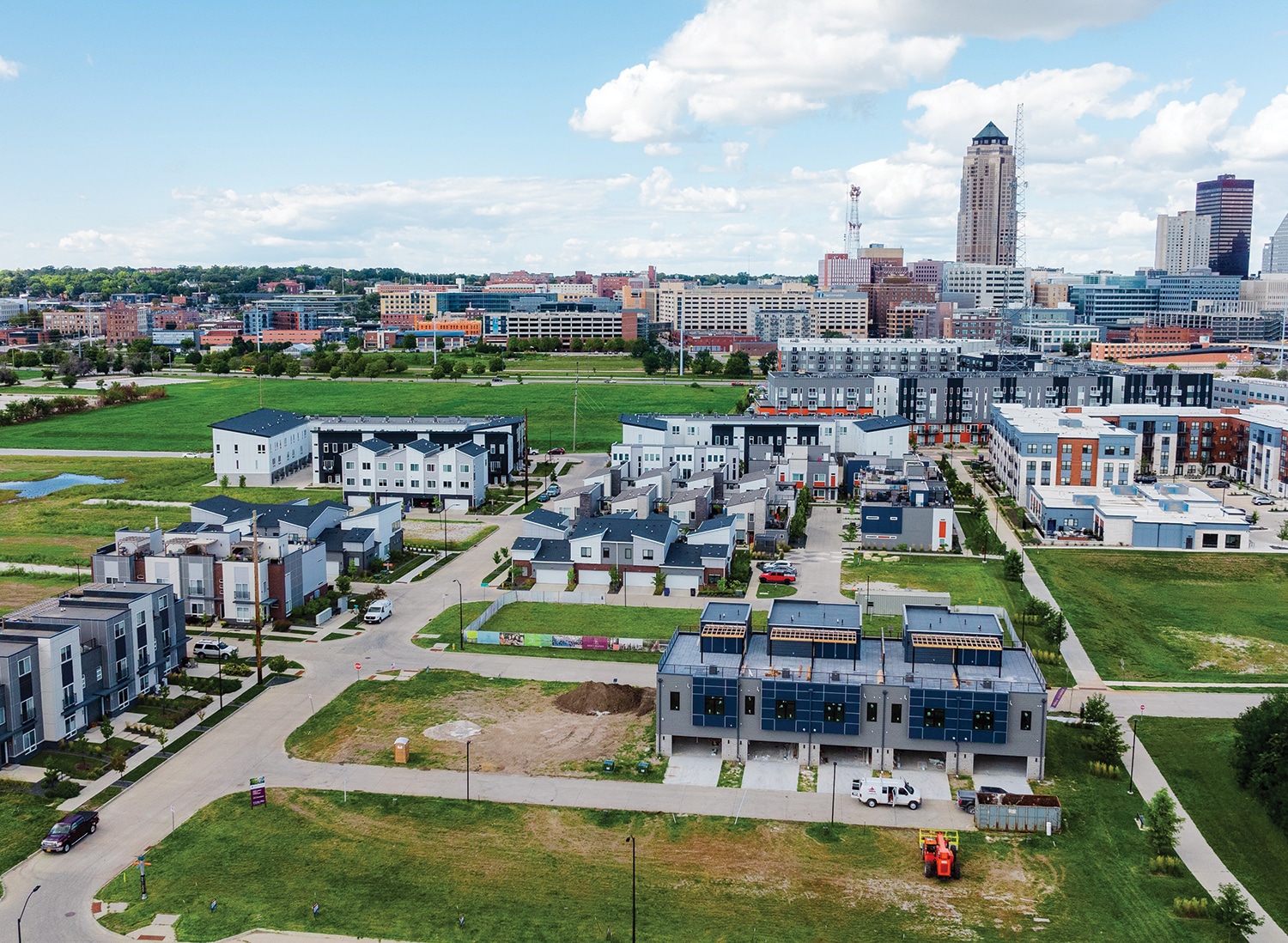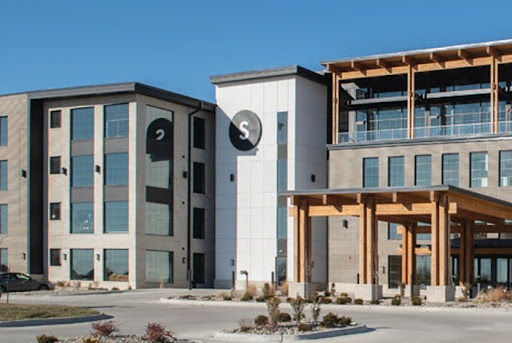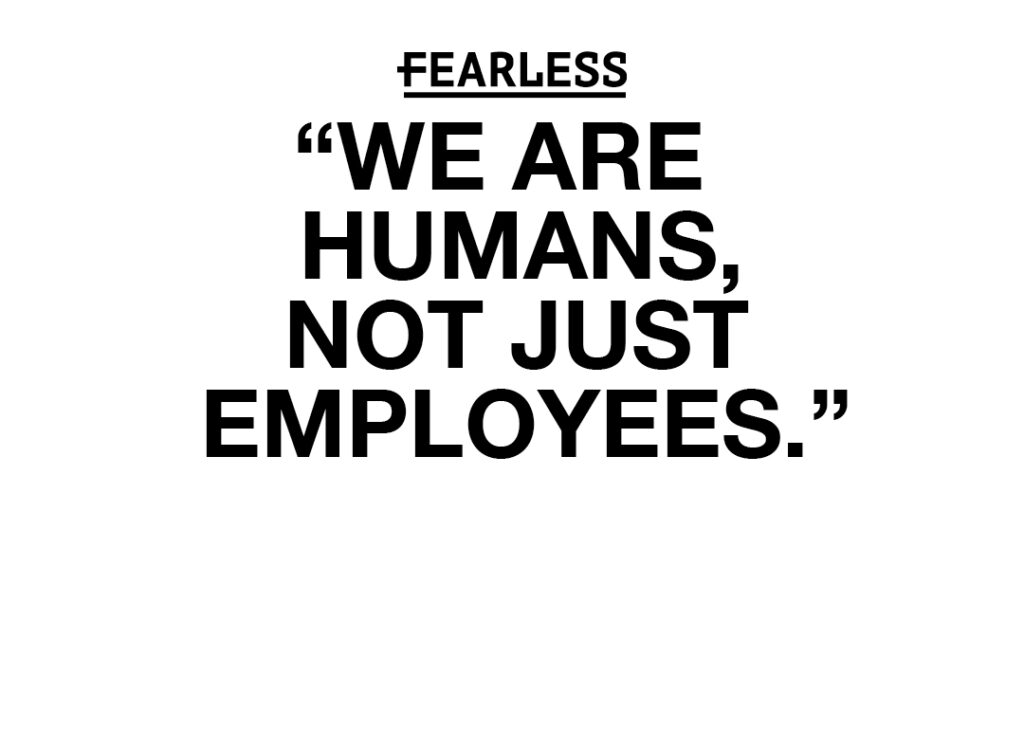800 more housing units planned at Gray’s Station

Kathy A. Bolten Oct 11, 2024 | 6:00 am
7 min read time
1,773 wordsBusiness Record Insider, Housing, Real Estate and DevelopmentPlanning is underway to add about 800 residential units to a downtown Des Moines neighborhood that links the popular Gray’s Lake recreation area and the central business district.
Hubbell Realty Co. has begun gaining city approvals for the next phases of Gray’s Station, a 75-acre urban neighborhood the company began planning in 2016.
The neighborhood, which is south of Martin Luther King Jr. Parkway between Southwest 11th and Southwest 16th streets, now includes LINC, a 272-unit apartment and rental townhome project, and 38 owner-occupied townhomes. Construction is expected to begin this fall on the fourth phase of LINC; development of owner-occupied condominiums is expected to begin in 2025.
When fully built out in about 12 years, Gray’s Station is expected to have over 3,500 residents living in more than 1,400 owner-occupied and rental units that include apartments, townhomes, condominiums and single-family homes. The property’s valuation was $534,000 before redevelopment began, according to a city document. When Gray’s Station is fully built out, its taxable valuation is expected to be more than $1 billion.

“There are not many developers that get the opportunity to transform downtown at the scale of 75 acres the way we have,” said Rachel Flint, senior vice president of operations and land development at Hubbell. “It’s unique nationwide, the ability to impact such a large part of downtown with one community.”
Development supports downtown
Hubbell officials described Gray’s Station to city officials in 2017 as an urban neighborhood where homes were built close to streets and close to each other; downtown and Gray’s Lake Park were easily accessible on foot or bicycle; and green space was plentiful.

So far, the West Des Moines-based company has delivered the development it originally described, said Carrie Kruse, Des Moines’ economic development administrator.
“Their goals from the beginning were to create an urban, mixed-use, walkable neighborhood,” Kruse said. “The form [Gray’s Station] has taken so far, very much matches and aligns with that conceptual development plan they brought forward in 2017.”
The current types of housing products in Gray’s Station have attracted a wide range of age groups and lifestyles, Kruse said. Future development plans are expected to include a wider variety of housing types and more than the 1,100 units originally forecast, she said.
“Our goal has been to maximize density to the greatest extent possible, and we’re seeing that with their plans,” Kruse said. Adding more housing downtown translates to more patrons for restaurants, retail shops and entertainment venues, she said.
“Housing plays a critical role in keeping downtown stabilized,” Kruse said.
More apartment construction
The next projects Hubbell has planned at Gray’s Station include:
The fourth phase of LINC, the rental development at Southwest 11th Street and Martin Luther King Jr. Parkway. Construction of the 135-unit project is expected to begin this fall.
Catalyst, a 265-unit apartment project proposed on the southeast corner of Tuttle and Southwest 16th streets. Construction could begin in 2025.
A yet-to-be named, upscale apartment project with 270 units, several with views of the Raccoon River. Located on Gray’s Parkway, the project would be the entryway into Gray’s Station from the southwest. Development is estimated to begin in 2026.
Over 50 for-sale condominiums that would be built along Murphy and Southwest 14th streets and Gray’s Parkway.
Construction of 65 for-sale townhomes that are proposed along Murphy, Southwest 14th and Gray’s Parkway.
Completion of the apartment projects would add 670 rental units to the downtown area over the next four years. Currently, 648 apartment units are under construction in the central business district, and construction of another 1,300 units is expected to begin this year and in 2025, according to CBRE Inc.’s mid-year market report.
Hubbell officials are confident demand for downtown residential rental units will continue to be strong in the coming years, said Joe Pietruszynski, the company’s executive vice president of construction, development and management.
“When you look at the demographic trends and the changes to downtown and the amenities that are happening, downtown is a very attractive place to live,” Pietruszynski said. “The investments we are making as a community are making a difference.”
One of the newest amenities is a pedestrian bridge over the Raccoon River that opened in 2019. The Coleman Bridge, constructed by Hubbell and maintained by the city of Des Moines, connects the 166-acre Gray’s Lake Park to Gray’s Station and downtown Des Moines. The park is a hub to the hundreds of miles of pedestrian trails that crisscross Central Iowa.
Gray’s Station will also benefit from the ICON Water Trails, which will have a whitewater access point near the Coleman Bridge. Development of the access point is expected to begin in the coming year.
New infrastructure added
In addition to the underground infrastructure of sewer mains, gas and water lines, stormwater pipes and utility lines installed at Gray’s Station, visible infrastructure has also been added.
Tuttle and Murphy streets have been extended between Southwest 11th and 16th streets. Construction of Gray’s Parkway is underway. Pedestrian trails wind through the neighborhood, connecting Gray’s Lake Park to several points along Martin Luther King Jr. Parkway.
Hubbell also designed a large wetland basin system that captures runoff water from a 300-acre area to the north. The basin sends water through a series of filtration pools, cleaning it before it enters the Raccoon River. Before the basin was created, runoff water for the downtown area drained into a settling pond and was pumped into the river.
The wetland is becoming a habitat for wildlife and natural plant species. The pedestrian trail winds past the area, which will include small overlook points and seating areas.
“I love the fact that we were able to take [this] development and use it as a natural infrastructure to clean water downtown,” Pietruszynski said. “It not only enhances life for our neighborhood but anybody downstream.”
Gray’s Station’s future
Gray’s Station was planned to include a variety of housing options at a range of prices. Currently, apartments and townhome monthly rental rates range from $900 to $2,900; townhomes sell for between $350,000 and $740,000.
The next phases will continue to include a variety of options including single-family houses and condominiums, said Kyle Gamble, Hubbell’s executive vice president and chief operating officer.
“Having a variety of housing types and a variety of price points, both for sale and for rent, means we’ll be able to continue to attract a variety of people to Gray’s Station,” Gamble said. Among the housing types will be a condominium project for people 55 and older.
Adding more density to the area as well as green spaces is also important, Flint said.
“I think it’s important that [Gray’s Station] feels more urban — that our residents don’t feel like they are in a suburban area that just happens to be downtown,” Flint said.
Gamble said he expects the development to be fully built out in 10 to 12 years, barring any economic downturns or pandemic-like events. “COVID slowed things down, but it didn’t stop us,” he said.
One thing that could help spur development is if a 6,300-seat soccer stadium proposed by Krause Group moves forward. The project, proposed just west of Gray’s Station, stalled during the pandemic. The stadium is expected to spark new commercial development in the area, including construction of a hotel.
“If the stadium moves forward, it will attract more people to the area, some who will want to live near a development like that,” Pietruszynski said.
Gray’s Station, from the infrastructure to the residential buildings, has been designed and built to be a long-lasting development, Pietruszynski said.
“The investment we’re making, the quality of materials we’re using … this neighborhood is about longevity,” Pietruszynski said. “Everything we have put into this is high quality … and will last for a long time.”
Making Gray’s Station safe
A portion of the 75-acre Gray’s Station development has been built on a Norfolk Southern Railroad yard that operated on the north bank of the Raccoon River from the 1840s until the mid-1920s. Another part of the development was previously occupied by Tuttle Street Landfill.
Consequently, a large portion of Gray’s Station contained thousands of buried railroad ties and tracks, as well as construction debris and other hazardous waste products.
Remediation of the site began in 2016 and was completed in 2018, according to Hubbell Realty Co. officials. Terracon, a national environmental and engineering firm, worked with Hubbell and the Iowa Department of Natural Resources to clean the site and make it once again usable, an effort that cost about $3.4 million.
The Iowa DNR has signed a certificate saying no further remediation is needed, allowing unrestricted redevelopment.
“We went through an exhaustive process to make sure the site is clear of chemicals and is safe,” Hubbell’s Joe Pietruszynski said.
– Kathy A. Bolten
What’s next at Gray’s Station
The following is a look at the next development phases planned at Gray’s Station, a 75-acre urban neighborhood being developed by Hubbell Realty Co. south of Martin Luther King Jr. Parkway between Southwest 11th and 16th streets. Hubbell officials have begun the process of obtaining various city approvals for projects.
LINC at Gray’s Station: The last proposed phase of an apartment and townhome rental development at Southwest 11th Street and Martin Luther King Jr. Parkway and Tuttle Street. To date, the nearly $60 million project has included 272 units and 14,000 square feet of commercial space. An additional 135 units are planned; development costs are estimated at $27 million. The project recently received $1 million in tax credits from the Iowa Economic Development Authority. Construction is expected to begin this fall.
Catalyst: A $62 million, 265-unit apartment project proposed on the southeast corner of Tuttle and Southwest 16th streets. The project needs various city approvals before moving forward. Construction could begin in 2025.
Upscale apartments: A 270-unit high-end apartment project along Gray’s Parkway, near the ICON Water Trails site at the Raccoon River. Development is slated for 2026.
Tentative condominium projects: Telus Condos would include 28 for-sale units built along Murphy and Southwest 14th streets and Gray’s Parkway. Project costs are estimated at $8 million. Solis Condos would include 24 for-sale units in the same area. Project costs are estimated at $17 million. Also planned are age-targeted condos. Specifics of the project are not yet available.
For-sale townhouses: Sixty-five for-sale townhouses proposed along Murphy, Southwest 14th and Gray’s Parkway. Development costs are estimated at $26 million. Construction could begin in 2026.
Community clubhouse: A community clubhouse that could be used by Gray’s Station residents would include a swimming pool and gathering and green spaces. Development costs are estimated at over $2 million.

Kathy A. Bolten
Kathy A. Bolten is a senior staff writer at Business Record. She covers real estate and development, workforce development, education, banking and finance, and housing.















